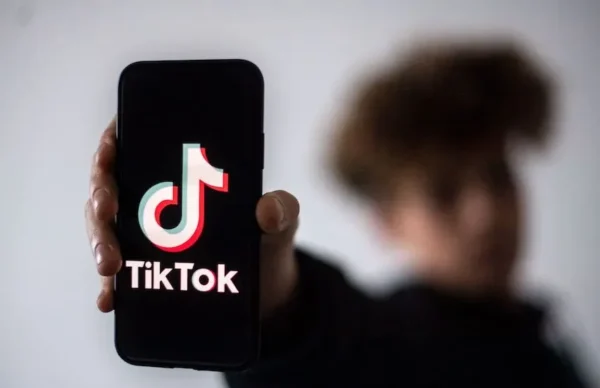Earlier this month, the White House turned to TikTok influencers to share their narrative and to fight “misinformation” on Ukraine and rising gas prices.
The Washington Post was first to report that on March 10, National Security Council staffers and White House press secretary Jen Psaki hand-picked 30 TikTok influencers to attend a briefing on the United States’ strategic goals in the Ukraine region.
The White House has been watching the rise and influence of TikTokers as they have become one of the nation’s leading sources for news with a reach that traditional media has not been able to attain. TikTok has also been a hotbed of misinformation about the Ukraine war, and Vice reports that some TikTok influencers in Russia are being paid to share videos that promote the Putin government’s narrative surrounding the invasion.
The White House director of digital strategy, Rob Flaherty, said that Biden’s administration recognizes “this is a critically important avenue in the way the American public is finding out about the latest.” He added that they wanted to make sure the influencers had the “latest information from an authoritative source.”
And with Putin spreading propaganda on the other end, what more authoritative source of information could these influencers have other than Jen Psaki?
Unsurprisingly, some of these young influencers were delighted at having been selected to attend the briefing. TikTok creator Aaron Parnas, who has 1.2 million followers, tweeted that “I still cannot believe how blessed I am to have had the opportunity to attend a White House briefing yesterday to be armed with accurate information about how America is helping Ukraine and our European allies.”
Eighteen-year-old TikToker Ellie Zeiler, who has 10.5 million followers, said “I’m here to relay the information in a more digestible manner to my followers. I would consider myself a White House correspondent for Gen Z.” The political briefing was a break from Zeiler’s norm, who is known mostly for her videos of dancing and posing in trendy outfits.
Jules Suzdaltsev, the Ukrainian-born TikToker who is also a trained journalist, was more critical of the 50-minute briefing, noting that all the questions had to be pre-screened. He said he thought the overall tone of the briefing was too soft and that officials dodged hard questions. “The energy of the call felt like a press briefing for kindergartners,” he said.
Within hours, the influencers were sharing videos about the briefing, providing simple versions of the White House’s official take on Ukraine and rising gas prices.
Zeiler posted a video explaining why gas prices were so high. She said the first “obvious reason” was that demand is going up as the pandemic winds down and people resume traveling.
“But the call was predominantly about Ukraine and Russia, so how does that relate?” Zeiler continued. “Russia is one of the top three producers of oil and it is actually their number one revenue source. Now, with Putin starting this horrific fight between Ukraine and Russia, nobody wants to work with him and do international trade.”
Zeiler’s summary mirrored the same narrative that the White House has been trying to push since early this month.
The panel for The Hill’s show, Rising, was skeptical of the House’s strategy to selectively choose the 30 TikTokers they suspected might be the most likely to unquestioningly share the White House’s official opinions. Ryan Grim, the panel’s left-leaning co-host, questioned whether the tactic violated the ethics of good journalism, and wondered at what point does a government using private media, like TikTok, become propaganda.
Grim’s libertarian co-host Robby Soave argued that anything coming from the government could be defined as propaganda. He clarified that propaganda, by that definition, does not necessarily mean that it is bad, or untrue, but that it ought to be labeled as “from the government” so citizens can at least be aware that the message may be a biased narrative.
– The Byway
Feature image courtesy Getty Images.
Read more about the government’s current narrative on oil and gas prices in President Biden Turns to Foreign Powers for Oil.

